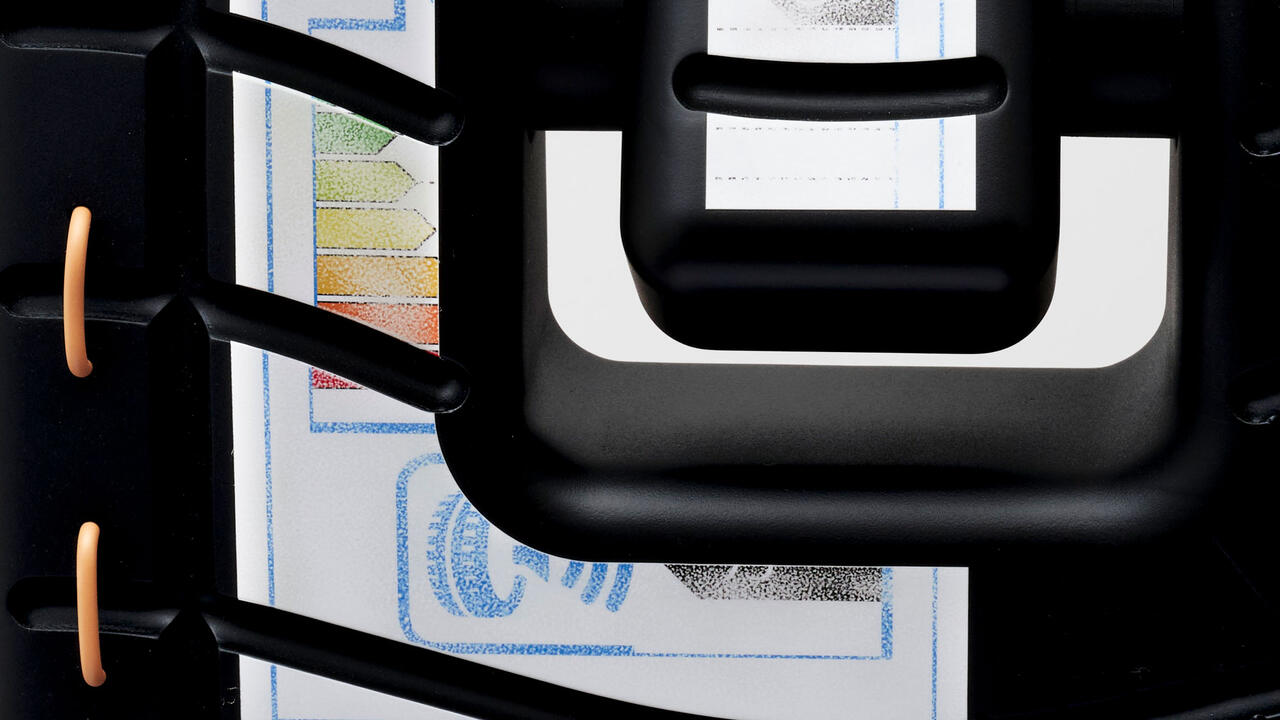Long Ago, and Not True Anyway

If, as the old saying goes, history is written by the victors, the five artists and collectives in ‘Long ago, and not true anyway’ elect to trace alternative chronicles of the past. Curated by gallerist Pierre d’Alancaisez, many of these artists work from little-known archives and long-forgotten artefacts, which – segueing between real and fabricated narratives – they employ to unravel and re-visualize how events are remembered and national mythologies formed.
Situating their multi-disciplinary practice between, in their own words, ‘the geo-political mammoths of the 20th and 21st centuries’ – communism and political Islam – the collective Slavs and Tatars collaborated with Polish and Iranian artisans on the design of their screen-printed banner Self Management Body (2013). Black cotton formed the banner’s base, on which a kaleidoscopic amalgam of decorative motifs and embroidered lettering in Polish, Arabic and English spelled out slogans referencing the political struggles of two causes: the Polish Solidarity movement of the 1980s and Iran’s Green Movement, formed in 2009 in opposition to the disputed re-election of President Mahmoud Ahmadinejad. Can affinities between the two be convincingly drawn? The parallels feel a little forced or overstated, though you get the sense that this may well be part of Slavs and Tatars’ game.
Also navigating the treacherous terrain of geopolitics during their ten-year collaboration, Spanish-Icelandic duo Libia Castro and Ólafur Ólafsson’s slogan ‘Your Country Doesn’t Exist’ has popped up all over the place since the start of the project in 2003: billboards, television adverts, installations, performance, posters and, in Your Country Doesn’t Exist – Do it Yourself (UK) (2013), a painting-by-numbers-style canvas. This was one of three that the artists commissioned Icelandic ambassadors to complete, in this instance in the wilderness on the outskirts of Reykjavik. Why Iceland? Aside from Ólafsson’s roots, the selection appeared arbitrary. Ambiguous, too, is what the artists intend by the belligerently confrontational slogan, which two of the ambassadors doctored in their versions of the work to read ‘Your Country Does Exist’.
Visitors heard Mekhitar Garabedian’s video MG (2006) before coming face to face with the projection – apt given that the piece pivots on the work’s soundtrack or, more crucially, the nuances of the artist’s accent. A clue was provided by the title – the artist’s initials – yet, to the untrained ear, Garabedian’s repetitious utterance (his own name spoken alternately in his native Armenian accent followed by its Dutch pronunciation) spilled into one as it resonated through the gallery. As the words became detached from their referent, a degree of slippage emerged between the inviolable nature of ‘the voice’ and the estrangement that occurs when names, so inextricably linked with identity, become subject to translation.
Threaded throughout Joana Hadjithomas and Khalil Joreige’s project The Lebanese Rocket Society (2009–ongoing) are archival documents relating to Lebanon’s little-known National Space Programme of the 1960s. In A Carpet (2012), the image on a 1964 commemorative postage stamp celebrating the launch of the Cedar IV Rocket was used as the design for a rug that commandeered a large portion of the gallery. Close by, a counter-narrative unfolded in photocopied documents pinned to the wall, which relayed the story of a carpet woven by Armenian orphans and presented in 1925 to America’s President Coolidge as a sign of gratitude to his government for its provision of aid during the Armenian genocide of the 1920s.
Hadjithomas and Joreige cover ground that is well-trodden by their generation of Lebanese artists, with their strategy of re-contextualizing such forgotten moments in Middle Eastern history, be it the brief interlude when the rocket became synonymous with pan-Arab optimism or the shifting paradigms of international diplomacy that the carpet came to represent (the American government would later refuse to acknowledge the Armenian Genocide, despite its gift of aid at the time).
In what was, for me, the most powerful work in the exhibition, Rabih Mroué, another Lebanese artist, continued his prolonged investigation into ‘The Pixelated Revolution’, the title of his 2012 performance at dOCUMENTA(13). This was also the phrase he coined in reference to the mobile-phone footage that continues to be generated by the conflict in Syria. In his video-essay-cum-slideshow Shooting Images (2013), Mroué stages and deconstructs a fraught mise-en-abyme, where the viewpoint oscillates between that of a photographer shooting footage from his mobile phone and a soldier aiming his rifle at the photographer. Implicit in this work, and the exhibition as a whole, are complex questions of how narratives of conflict are formed, highlighting the impossibility of establishing tangible truths from such fleetingly recorded exchanges.














